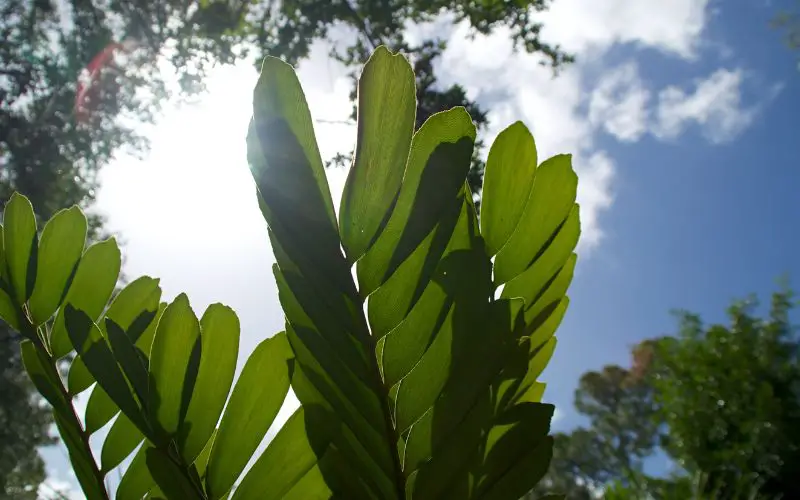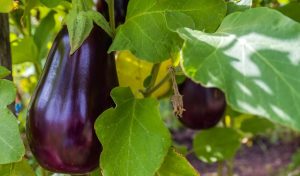Coontie is a beautiful plant that can be found in many gardens. If you are interested in planting coontie seeds, there are a few things you need to know.
In this blog post, we will discuss the best ways to plant coontie seeds and help you get started on your garden journey.
If you’re a gardener, you may be wondering how to plant coontie seeds. Coontie (Zamia pumila) is a Florida native plant that grows well in full sun or partial shade. It’s an easy plant to grow and the seeds are easy to propagate.

Coontie is a prehistoric plant that can be found in swamps and marshes throughout the southeastern United States.
Coontie (Zamia pumila) is a slow growing palm-like plant that can reach heights of up to 4 feet.
It produces clusters of white flowers in the spring, and its seeds are best planted in the fall.
How do you grow a Coontie plant?
Coontie prefers full sun or partial shade and grows best in moist, well-drained soils.
Coontie produces edible tubers that taste like potatoes. It’s a great plant for gardeners who want to try something different.
If you’re interested in growing coontie, here are a few things you need to know:
Coontie seeds should be planted in the fall. The best time to plant coontie seeds is in September or October.
Coontie seeds need to be stratified before planting. This means that they need to be placed in moist sand and stored in a cool, dark place for four to six weeks.

Once the seeds have been stratified, they can be planted in pots or directly in the ground.
Coontie seeds need to be kept moist until they germinate. Once they’ve germinated, water them regularly.
Coontie plants are slow growers. It can take up to two years for them to reach their full size.
Does Coontie need full sun?
Coontie plants will do well in full sun or partial shade.
How long does a Coontie take to grow?
Coontie is a slow-growing plant. It can take up to two years for a coontie plant to reach its full size.
Where can I buy Coontie seeds?
Coontie seeds are available online and at some garden stores.
How do you care for a Coontie plant?
Coontie seeds need to be kept moist until they germinate. Once they’ve germinated, water them regularly.
Fertilize your coontie plant with a slow-release fertilizer in the spring. Apply the fertilizer according to the package directions.
Coontie plants are slow growers and will benefit from being pruned. Prune your coontie plant in the spring to encourage new growth.
Remove any dead or yellow leaves as they appear.
Coontie plants are generally disease and pest resistant. However, they can be susceptible to scale insects and mealybugs. If you notice any pests on your plant, treat them with an insecticide.
How do you eat Coontie?
Coontie tubers are edible and taste like potatoes. They can be boiled, mashed, or roasted.
The young leaves of the coontie plant can be cooked and eaten like spinach.
How do you harvest Coontie?
Coontie tubers can be harvested in the fall after the plant has died back.
The young leaves can be harvested throughout the growing season.

Are Coontie plants poisonous?
Coontie plants are not poisonous. However, they do contain cycasin, which is a toxic compound. It’s important to wash your hands after handling coontie plant material.
If you have any cuts or scrapes on your skin, it’s important to keep them covered when handling coontie plants.
Coontie plants are not recommended for households with small children or pets.
Final Words
If you’re looking for a unique plant to add to your garden, consider coontie.
This prehistoric plant is easy to grow and care for, and it’s sure to make a statement in your garden.
Coontie plants are beautiful and with a little care, they will thrive in your garden for many years to come.








